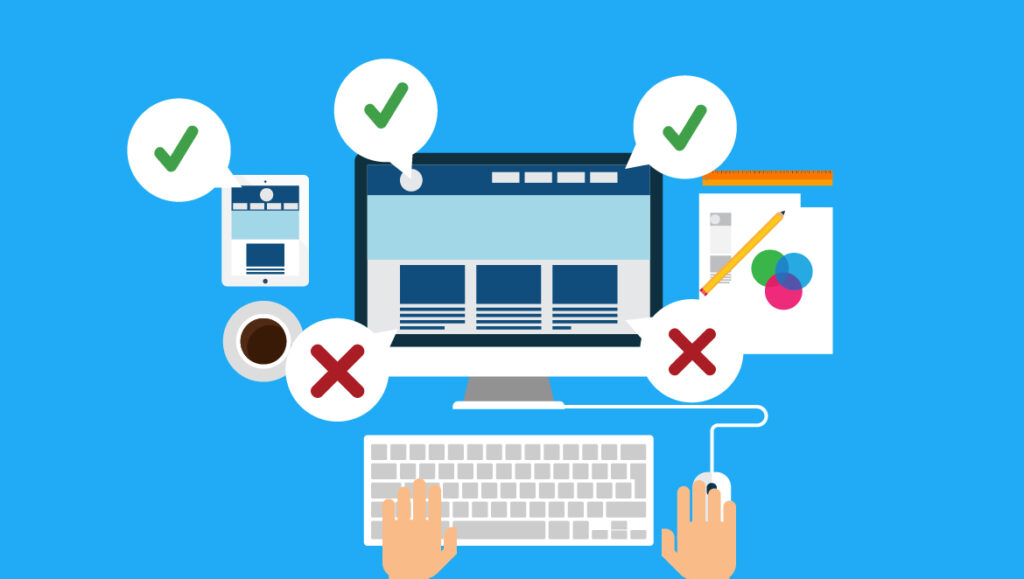AUTHOR : RIVA BLACKLEY
DATE : 09/12/2023
Introduction
In a world increasingly reliant on digital transactions, the design and development of payment processor[1] websites have become crucial for ensuring a trustworthy and efficient financial ecosystem. As India witnesses a surge in digital payment the need for sophisticated web design and development in the payment processing sector cannot be overstated.
Evolution of Payment Processors in India
To understand the current landscape, it’s essential to explore the historical evolution of payment processors in India. Initially limited, these processors have evolved in response to technological advancements, necessitating robust web design to meet the demands of a digitally savvy population.
Key Features of Effective Payment Processor Websites
The success of a payment processor website hinges on several key features. Security measures, a user-friendly interface, and compatibility across various devices are integral components that contribute to the effectiveness of these platforms.
Challenges in Payment Processor Web Design
Despite the advancements, challenges persist in designing payment processor websites. Regulatory requirements, cybersecurity concerns, and establishing user trust are significant hurdles that demand careful consideration during the development process.
Best Practices in Payment Processor Web Development
To navigate these challenges, adopting best practices in payment processor web development is crucial. This includes responsive design, streamlined checkout processes, and seamless integration with popular payment gateways[2].
The Role of UX/UI in Payment Processor Websites
User experience (UX) and user interface (UI) design are paramount in ensuring the success of payment processor websites. A seamless, intuitive design enhances user satisfaction and encourages continued usage.
Mobile-Friendly Payment Processing
As mobile transactions become increasingly prevalent, payment processor websites must prioritize mobile-friendly design. Responsive layouts and intuitive interfaces cater to the growing demographic of users relying on smartphones for financial transactions[3].
Security Measures in Payment Processor Web Design
Security is a top concern in payment processor web design[4]. Implementing SSL encryption, two-factor authentication, and compliance with industry standards are non-negotiable aspects to safeguard user data and maintain trust.
Case Studies of Successful Payment Processor Websites in India
Examining case studies of successful payment processor websites in India provides insights into effective strategies and design choices. Learning from these success stories can inform the development of new platforms.
Future Trends in Payment Processor Web Development
Looking ahead, several trends are poised to shape the future of payment processor web development in India. Blockchain technology, artificial intelligence in fraud prevention, and enhanced biometric security are among the innovations on the horizon.
Choosing the Right Payment Processor Web Development Company
Selecting the right web development[5] company is a critical decision.
Carefully consider factors such as expertise, reputation, and client reviews.
Thorough research and comparisons ensure a reliable and capable partner in the development process.

Cost Considerations in Payment Processor Web Design
While quality is paramount, understanding the cost implications of payment processor web design is essential. Budget-friendly options should be explored, keeping in mind the long-term investment perspective of a well-designed platform.
User Reviews and Testimonials
The importance of user feedback cannot be overstated. Examining user reviews and testimonials provides valuable insights into the real-world performance of payment processor websites and influences decision-making.
Common Mistakes to Avoid in Payment Processor Web Design
Certain pitfalls can hinder the success of payment processor websites. Overlooking security features, ignoring mobile responsiveness, and complicating checkout processes are common mistakes that should be avoided.

Conclusion
In conclusion, the design and development of payment processor websites in India are integral to the success of digital transactions. From addressing challenges to adopting best practices and anticipating future trends, the landscape requires a strategic and user-centric approach to web design.
FAQS
- What makes a payment processor website effective?
- Effective payment processor websites prioritize security, user-friendly interfaces, and compatibility across devices.
- Why is mobile-friendly design crucial in payment processing?
- With the rise of mobile transactions, a mobile-friendly design ensures accessibility and convenience for users.
- How can businesses choose the right payment processor web development company?
- Businesses should consider factors like expertise, reputation, and client reviews when selecting a development partner.
- What are the key security measures in payment processor web design?
- Key security measures include SSL encryption, two-factor authentication, and compliance with industry standards.
- Why is user feedback important in the development process?
- User feedback provides valuable insights into the real-world performance of payment processor websites and influences decision-making.






